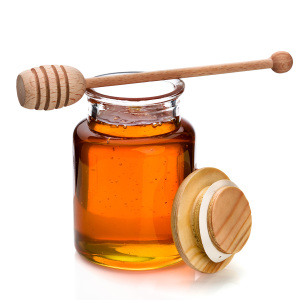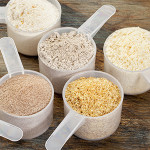
Making mead is a tricky business since creating a consistent product can prove to be difficult when you’re heavily dependent upon flowers and the hard-working population of honeybees.
Depending on the time of year, honey tastes different due to varying nectar sources used for pollination. For example, honey produced earlier in the year may come from wildflowers rather than berries (you could call this mutt honey, since bee keepers aren’t sure which flowers bees are visiting of the many different types of wildflowers available to bees at this time!).
Since honeys produced from different crops naturally have different flavours, mead makers strive to determine the best ways to incorporate seasonal flavours into their product lines. It’s also important to know that even nectar from the same location may vary in taste depending on rainfall and temperature.
With hundreds of unique varieties available with their own strengths and weaknesses, there is a honey out there for everyone to enjoy. For example, honey varietals available in Canada include (but are not limited to):
- Alfalfa — everyday table honey
- Blueberry — sauces and baked goods
- Buckwheat — BBQ sauces and baked goods
- Canola — honey is mild with a peppery flavour to it
- Fireweed — dessert honey since it is very sweet
- Purple Loosestrife — greenish in colour
- White Sweet Clover — sweet, flowery flavour
If you don’t know exactly what variety of honey you have, the general rule of thumb is that light-coloured honey tends to be milder in taste while dark-coloured honey tends to be stronger.



